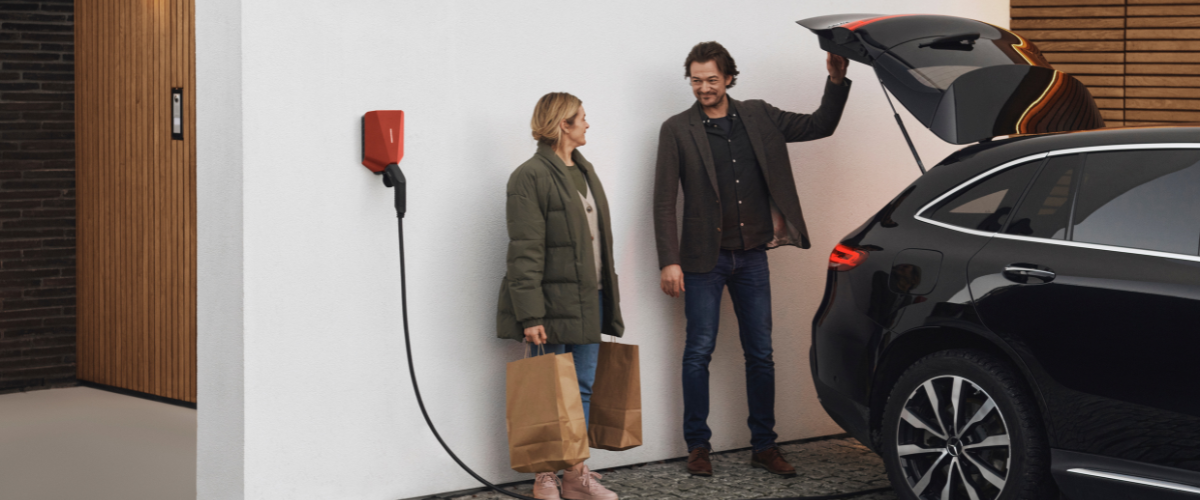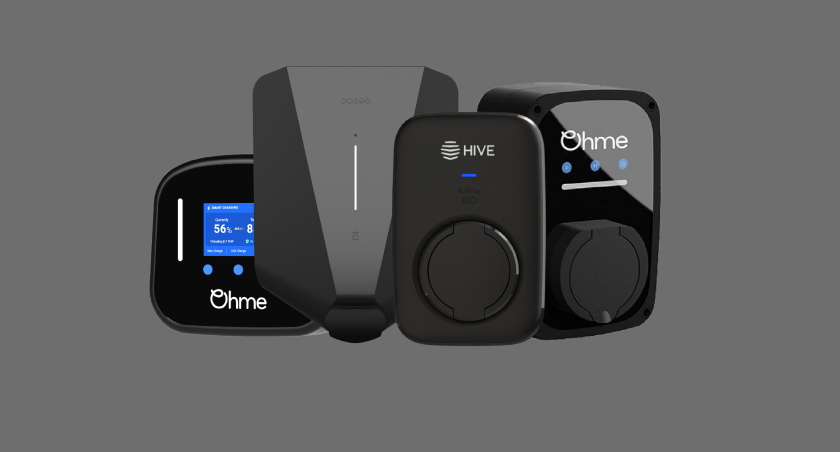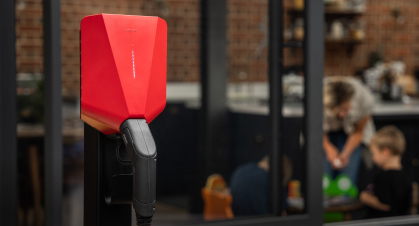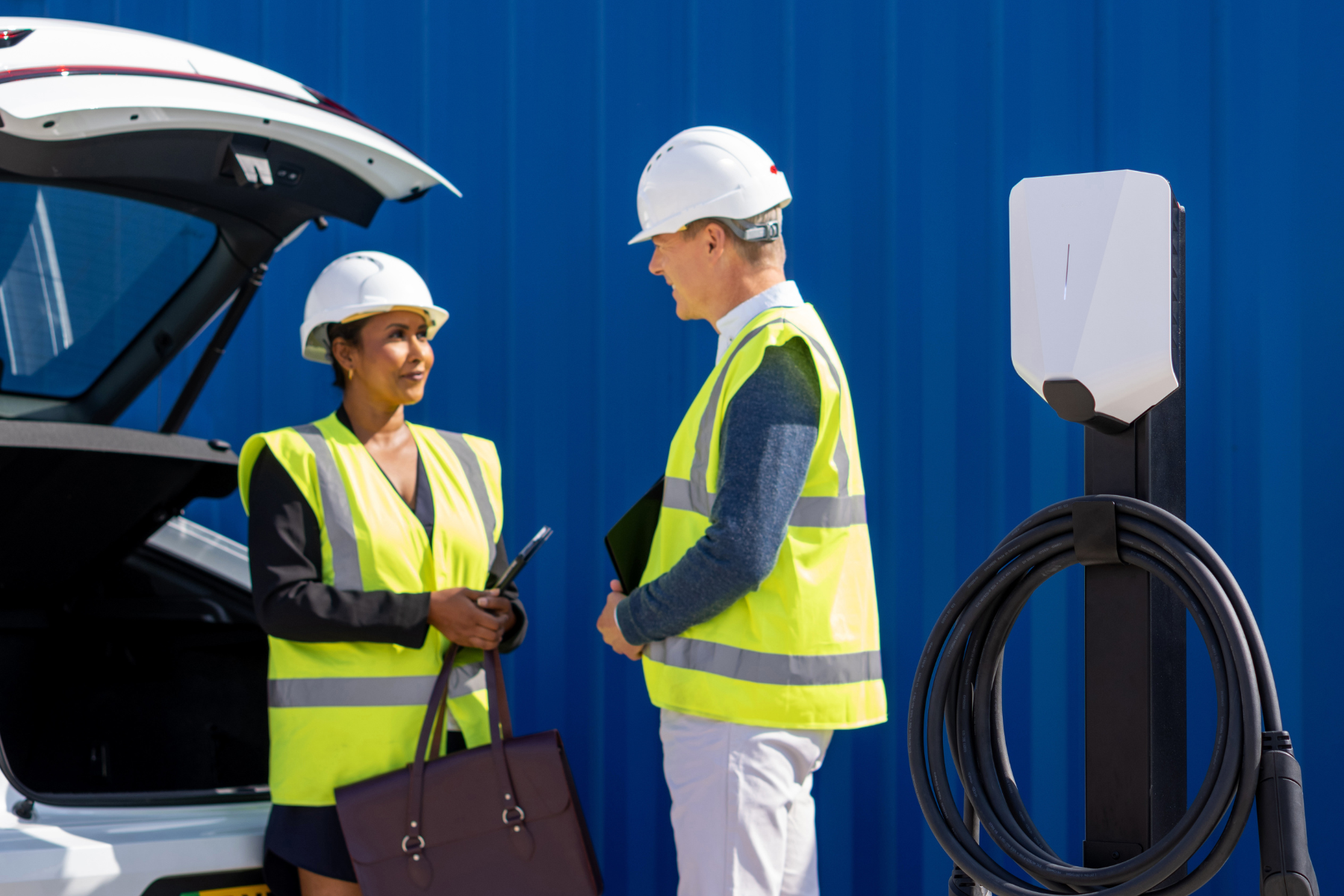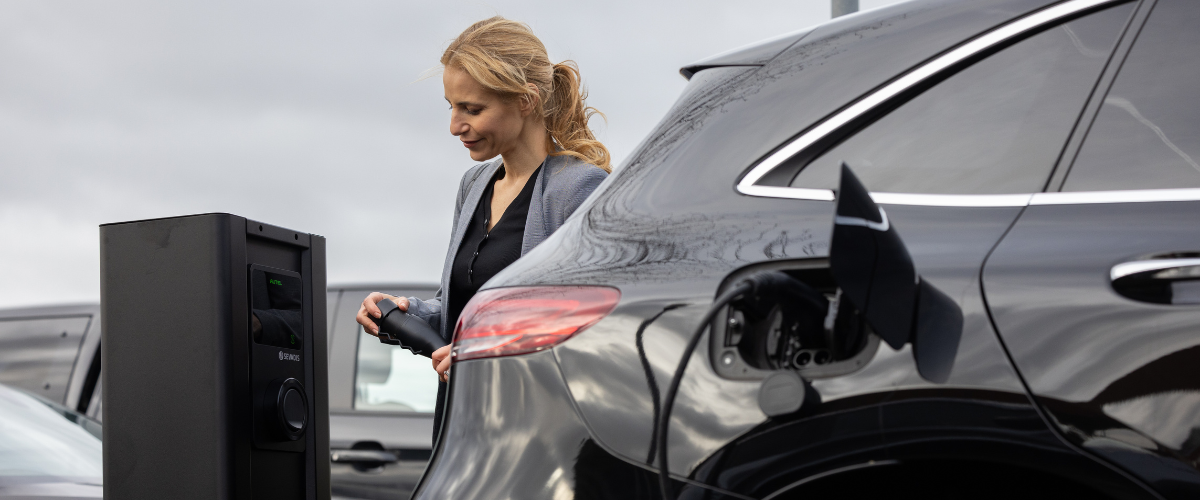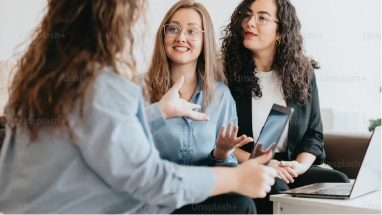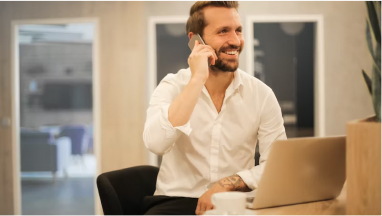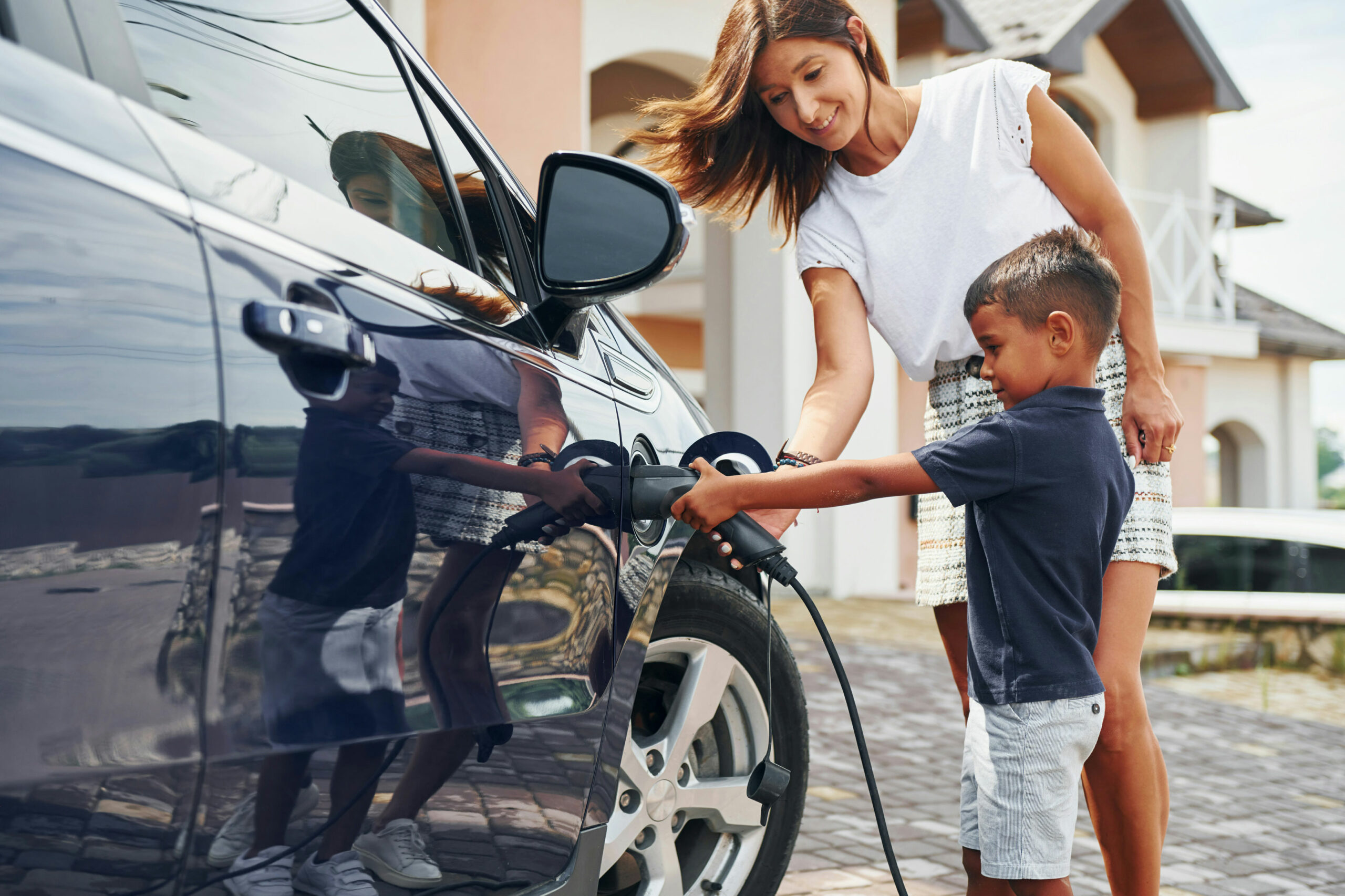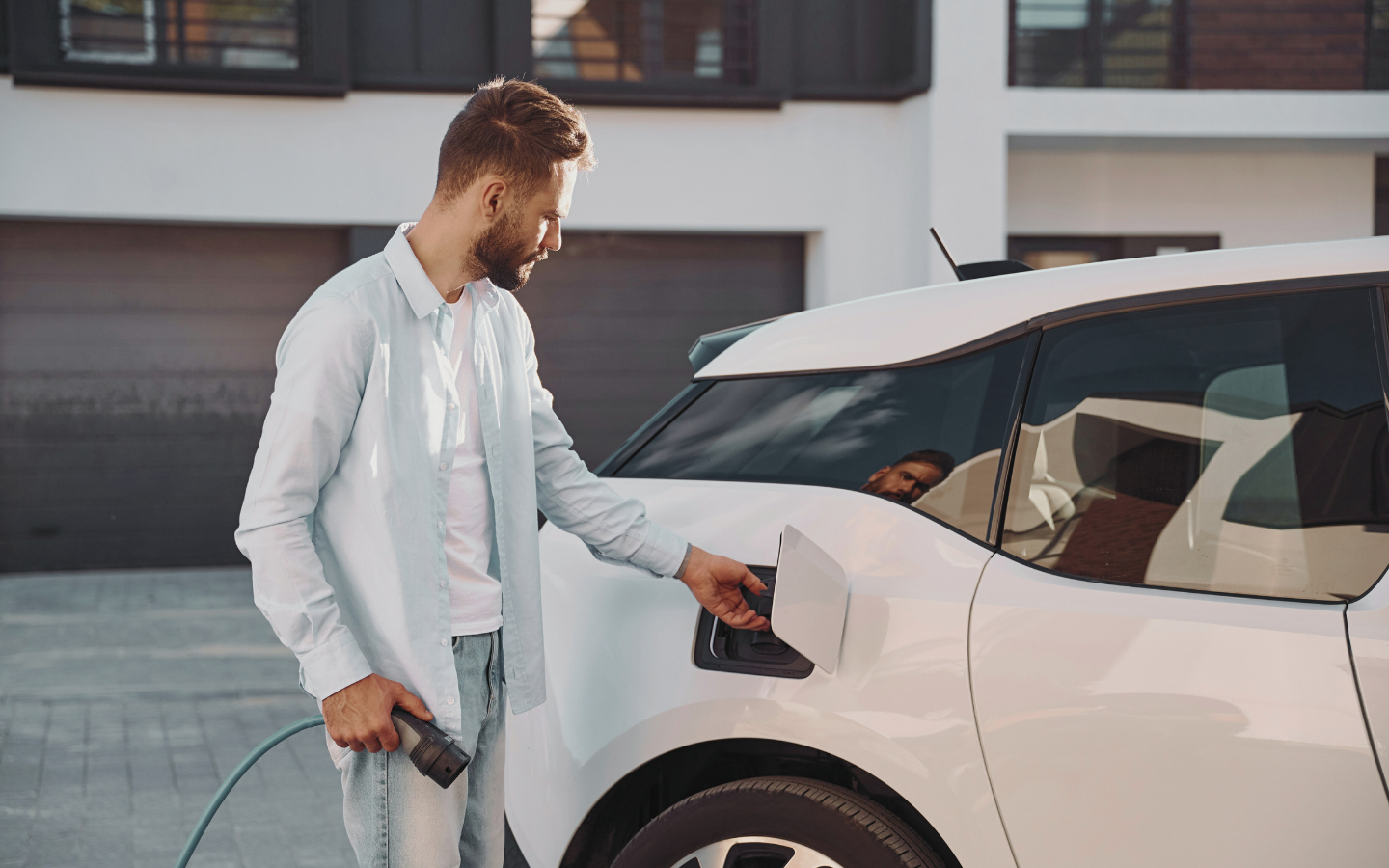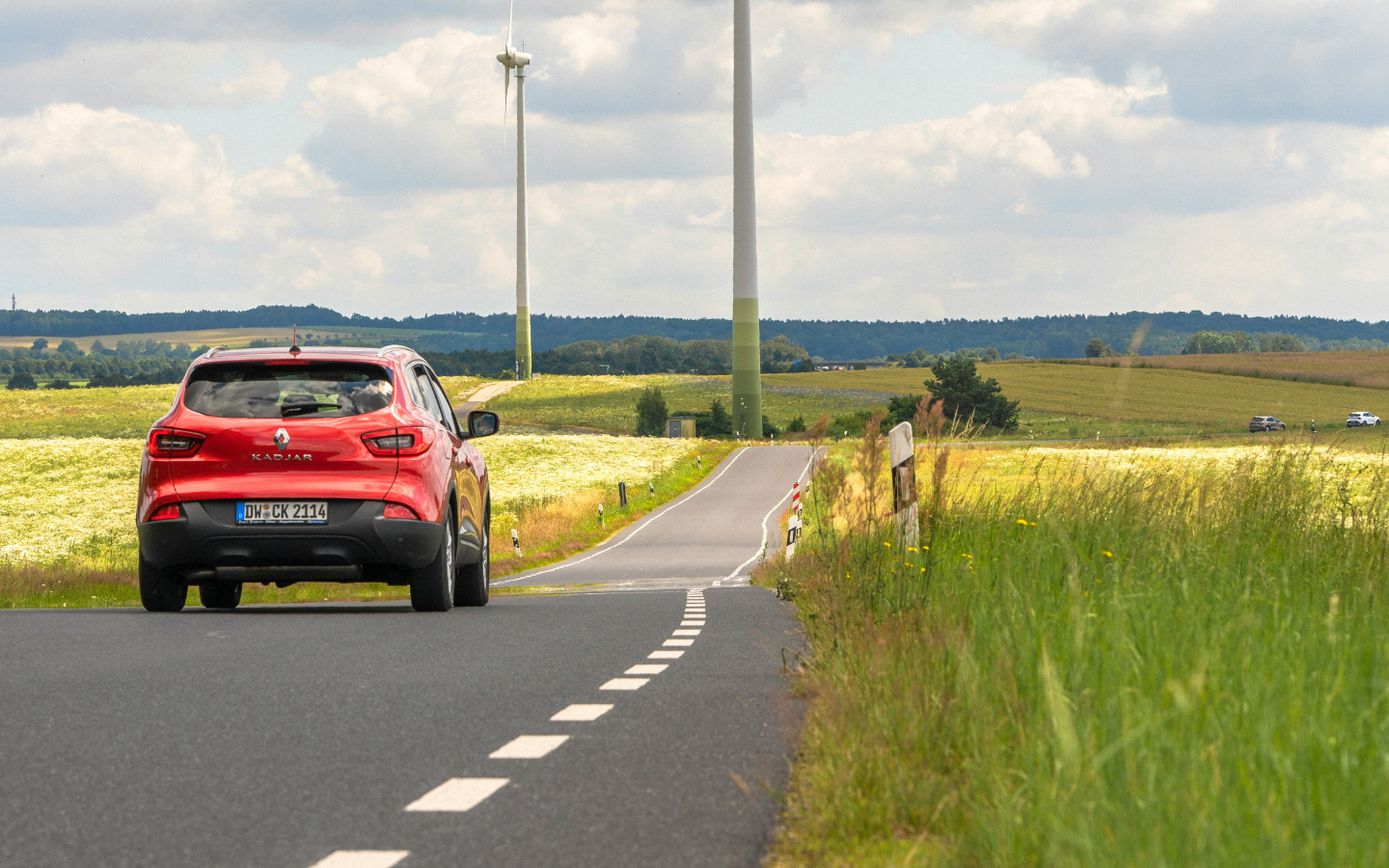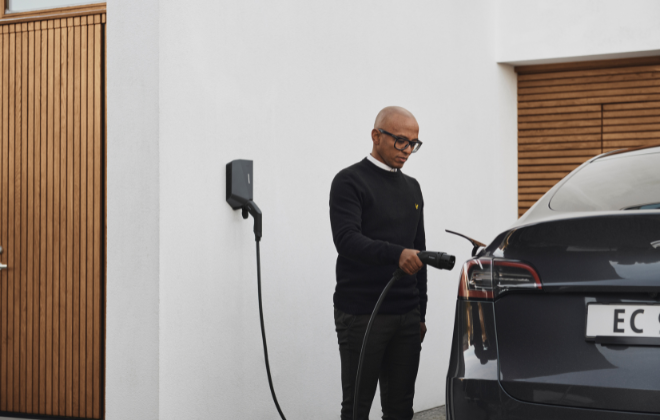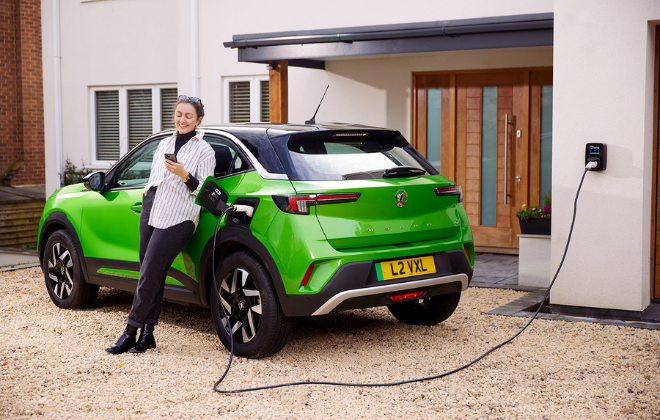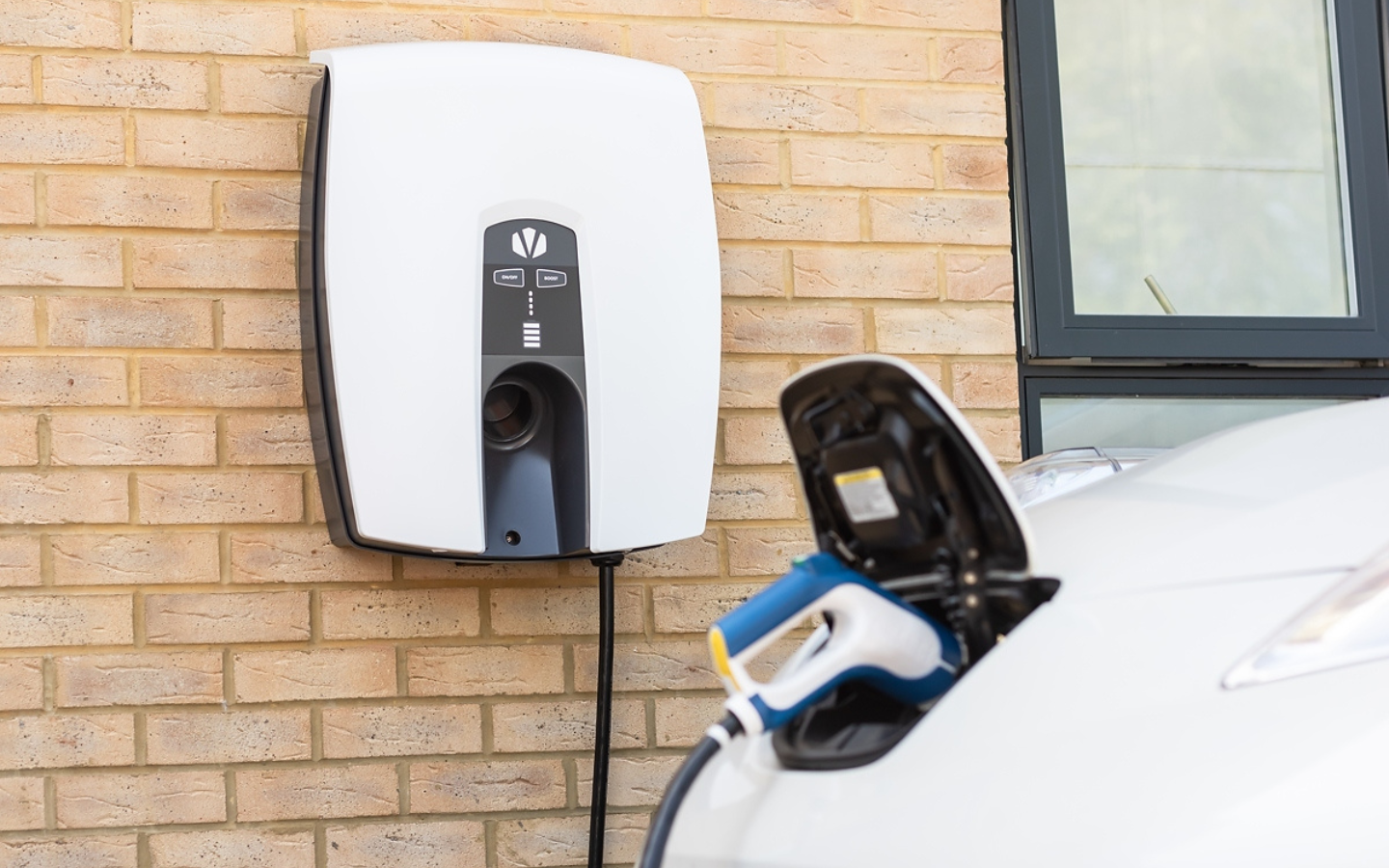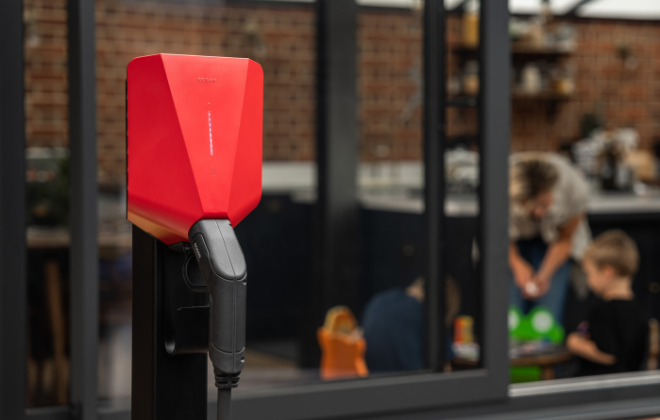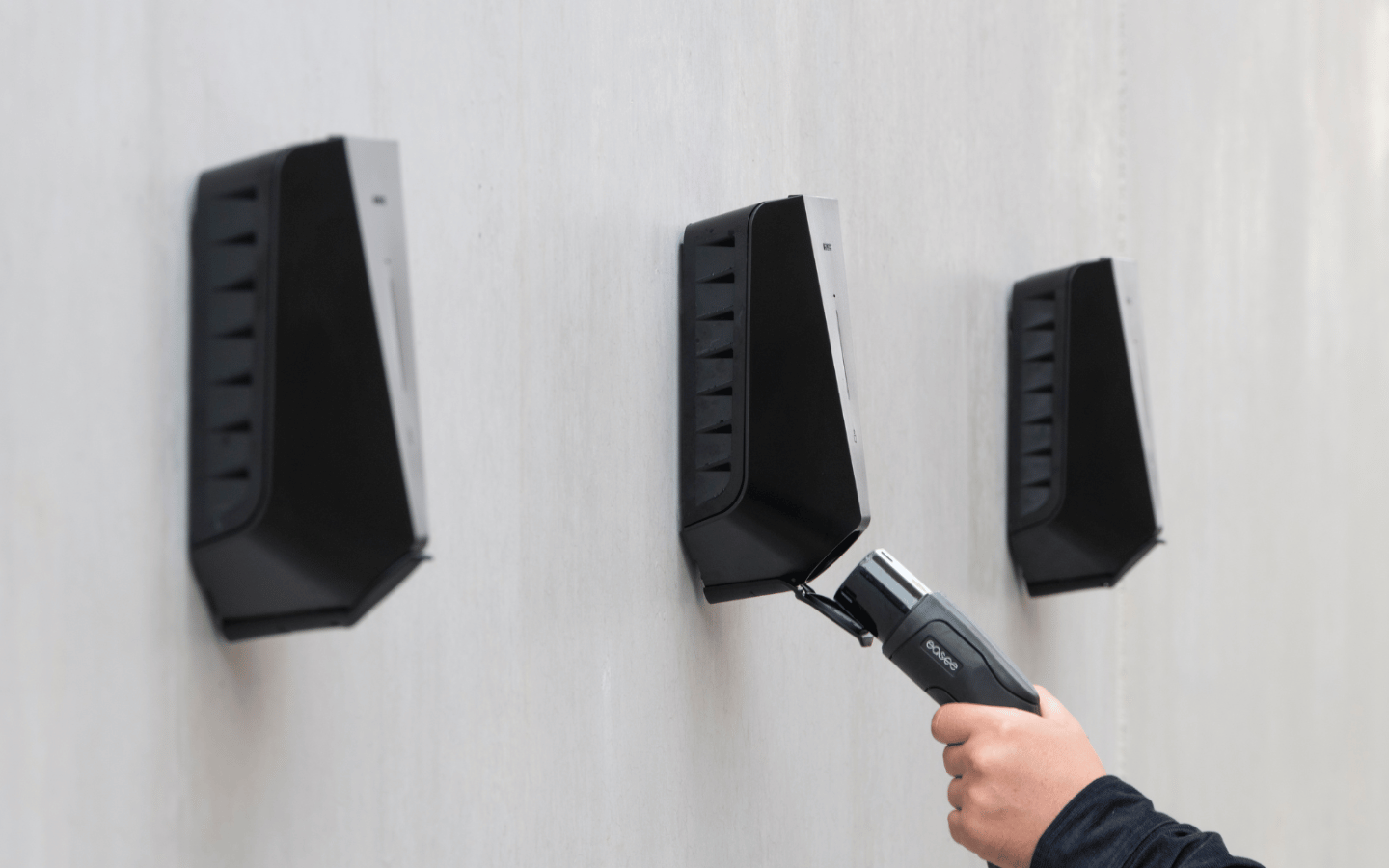

Can I have two electric vehicle chargers at home?
If you are a multi-EV household, you may be wondering – can I have two electric vehicle chargers at home?
The short answer to this question is yes, you can easily have more than one electric vehicle charger – even at home.
In fact, some home EV chargers, including the Easee One, allow you to ‘daisy chain’ the chargers so they share the same circuit, making it easier to have two electric car chargers installed on your property.
However, the more important question is – do you need two EV chargers? The answer is not so simple.
Today, we will cover the questions you need to answer before deciding whether or not to invest in two or more home EV chargers.
1. How much will it cost to have two EV chargers?
Purchasing and installing a home electric vehicle charger is a big investment on its own, so if you throw a second EV charger into the mix, it’s going to be expensive.
While there are undoubtedly advantages to having two EV chargers, the price might outweigh the benefits for some.
On average, the cost of a home electric vehicle charger and its installation combined is approximately £1,000. So, double that, and you are looking at over £2,000 for two electric vehicle chargers and their installation (depending on what models you choose).
There are ways to help cushion the cost. Firstly, if you are eligible for the new EV Chargepoint Grant, you could subsidise one of the electric vehicle chargers by £350. However, this is only if you live in a flat or rented accommodation. It’s important to note that you can only claim it against one electric vehicle charger as well.
Another way to lessen the brunt of the high cost is to spread payments with finance. Finance is available on all our home electric vehicle chargers, so feel free to contact us if you would like to learn more about cost options.
Due to the sophisticated and intelligent nature of smart EV chargers, the price of electric vehicle chargers is likely to remain the same for the foreseeable future. If you add in the Smart Electric Vehicle Charging Regulations that prohibit the sale of non-smart or ‘dumb’ chargers, it’s unlikely you will find a drastically cheaper alternative (that is also safe and legal to use), even with the different models available.
2. How much space do you have on your property?
How much space do you have at home? Do you have multiple garages? Do you have off-street parking? All these play into your decision.
If you have limited space on your property, the answer is simple – stick to one electric vehicle charger.
However, if you are a multi-EV household, it’s more than likely you will have plenty of room for two or more.
Overall, it’s best to assess space and decide where you would like your additional charger to go – you never know; it might impact your house’s aesthetics.
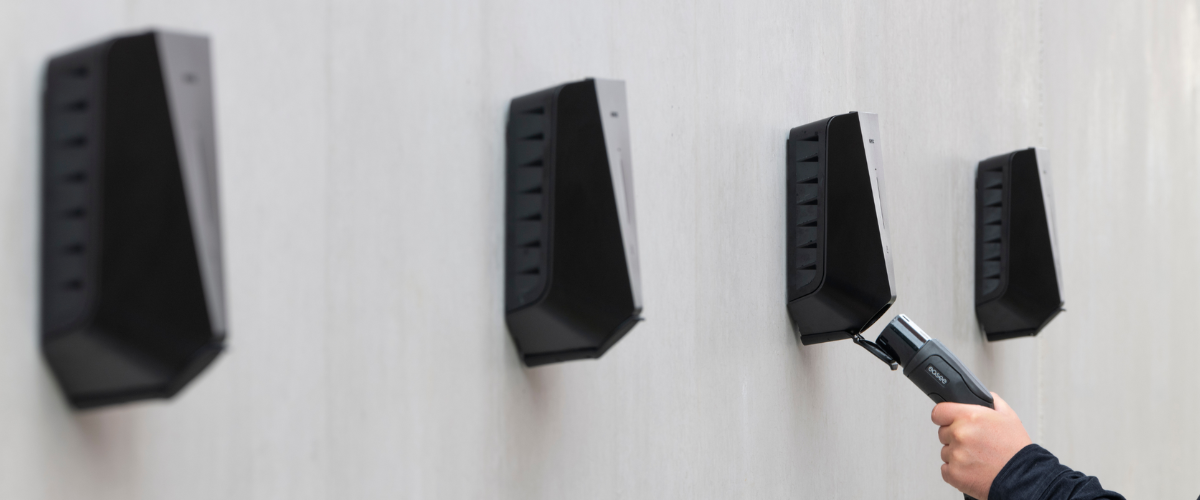
3. How fast do you want your electric vehicle to charge?
Charging both your EVs simultaneously might seem like a good idea on the surface, but if you get into the nitty-gritty, you will find that your EVs will charge at a decreased speed.
If you have a single-phase electricity supply (the most common power supply in the UK) and have two 7kW home EV chargers on one circuit, you will actually be charging at approximately 3kW to 3.6kW each rather than both at the typical 7kW.
The equal rate splitting only occurs if your EV chargers have load balancing, too, so if your chosen chargers do not have this feature, the electricity rate could be split unevenly, meaning one EV will charge faster than the other.
Overall, charging at a lower rate will drastically reduce your charging speed, making it take longer than usual to fully charge.
In truth, you might be better off with one EV charger and rotating when each electric car has finished charging. It will likely save time (and it will undoubtedly save you money).
4. How often do you drive your electric car?
The biggest perk of having multiple home electric vehicle chargers at home is, without a doubt, convenience.
Having two chargers available at all times opens a world of electric vehicle charging possibilities. No longer do you have to wait at public charging points or use slow three-pin plug charging. Simply plug in and charge whenever you need – early morning hours, late nights, or during the day, whenever you want. You have the flexibility to charge on your own schedule.
What’s more, you won’t have to wait your turn, as two chargers will always be available at home.
But how long is your daily commute? How often do you go on long journeys? What is the typical range of your EV? These are the questions you need to be asking yourself. For example, if every EV driver in your household has a long daily commute and a smaller battery, whereby you need to charge frequently, it would be in your best interest to have more than one charger, even with the slower charging rate.
On the other hand, if the EV owners work from home often or have short commutes that don’t require their EVs to be charged every day, it might be best to share one charging point.
If you are commuting to work, another question to ask yourself is – does your workplace have EV charging infrastructure? By topping up at your workplace, you are saving money (by charging for free and because you don’t have to purchase another EV charger) and making additional use of your working hours.
Does your workplace not have electric vehicle charging yet? There are a variety of benefits of workplace charging, not only for employees but for employers too.
5. What inlet type does your electric vehicle have?
The UK’s most common electric vehicle inlet type is Type 2. However, there are a few EVs that still hold the Type 1:
| Citroen C-Zero (2016-2020) | Nissan Leaf Mk1 (2012 – 2017) |
| Ford Focus Electric | Peugeot iOn EV (2011-2018) |
| Ford C-MAX Energi (2013-2017) | Renault Fluence (Pre-2014) |
| Kia Soul EV (2017) | Toyota Prius Plug-In Hybrid (Pre-2017) |
| Mitsubishi I-MiEV | Vauxhall Ampera |
| Mitsubishi Outlander PHEV | Renault Kangoo Phase 1 |
| Nissan e-NV200 Combi |
If a member of your household has a Type 1 electric car and a home charger with a Type 1 socket, and you have a Type 2 EV, you will not be able to use their charger. If this is the case, you will have to invest in two home EV chargers, as you, unfortunately, won’t be able to share one (unless you purchase a Type 1 to Type 2 cable).
6. What are the other charging options if I stick with one home EV charger?
If you stick with the one home EV charging point, you can easily share between your two electric cars.
In the event that you are in desperate need of charge and your charger is occupied, there are other ways to top up your EV. Take advantage of the public charging infrastructure and use rapid/ultra-rapid charging stations when out and about.
To make life easier, you could even search Zap-Map to find your closest public charger. Currently, there are over 79,000 EV chargers across the UK, so you are sure to find one nearby – some of which may be free.
In case you still want the comfort of your own home when charging, you could always resort to three-pin plug charging. The downside of this is that it’s one of the slowest ways of charging, among other negatives.
What are the options if I want two or more EV chargers at home?
1. Invest in a home EV charger with the load balancing feature
To equally charge two electric vehicles simultaneously, you will need to invest in a home EV charger with a load-balancing feature. The Easee One is a great option as it allows you to ‘daisy chain’ up to three electric vehicle chargers on your property per fuse. This nifty unit load balances to ensure the energy is split equally between your chargers, meaning you can charge safely and securely at the same time.
However, as mentioned before, if you have a single-phase electricity supply, when you charge both EVs at the same time, they will each charge at around 3kW.
2. Invest in a dual EV charger
Dual chargers are one charging unit with two connectors attached. However, these home EV chargers are not as common as your standard single EV chargers. The upside to a dual EV charger is that, typically, they are slightly cheaper than investing in two separate home EV chargers. That being said, you will still have the issue of decreased charging speed if you were to choose a dual charger.
Currently, we do not stock any dual chargers here at We Power Your Car as part of our home EV charger range, but please feel free to contact us at 03333 44 96 99 if you are interested in one. We may still be able to help or at least point you in the right direction.
evec dual EV charger
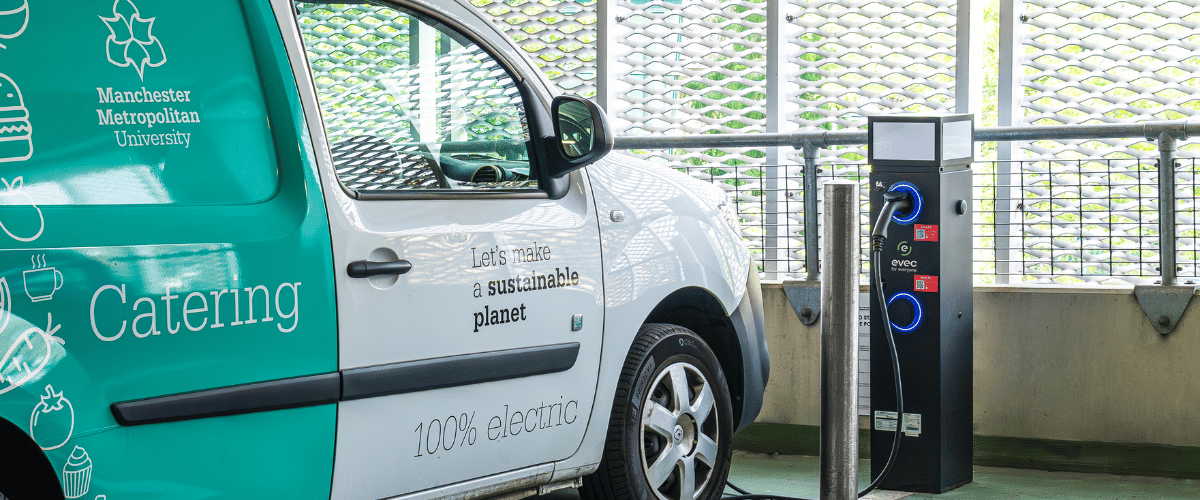
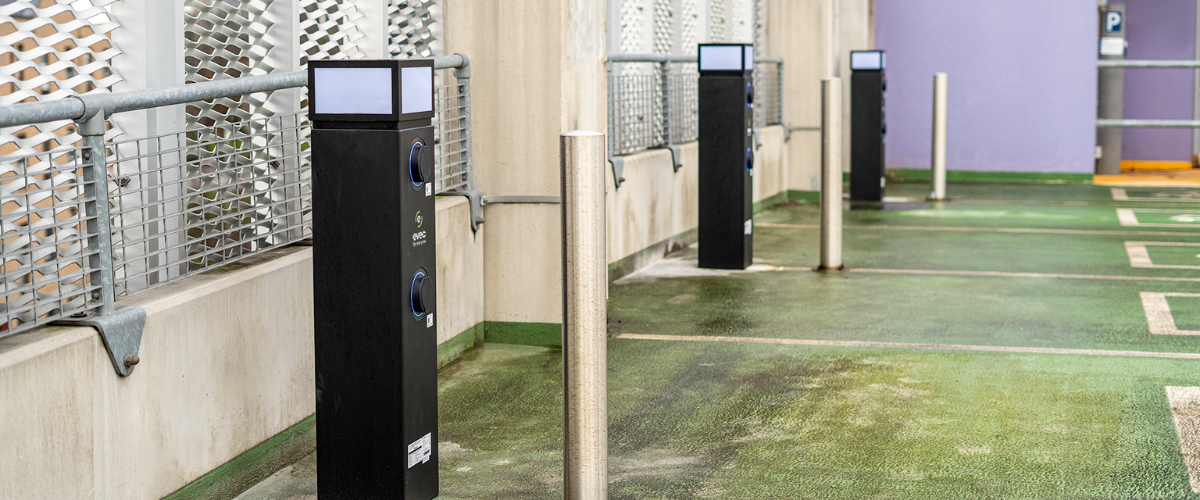
3. What if I want two EV chargers that charge both EVs at 7kW?
The only way to do this is by upgrading your property’s electricity supply to a three-phase electricity supply and investing in two 7kW home chargers with the load balancing feature.
First and foremost, it’s important to note that upgrading to a three-phase electricity supply is expensive and time-consuming, not to mention the additional cost of two EV chargers on top of that.
Overall, it may not be worth the time, effort and money to go down this route. However, it is entirely your decision and will depend on your charging needs.
As mentioned before, most households in the UK have a single-phase electricity supply, and in order to upgrade to a three-phase, you will need to contact your area’s DNO.
Do I need two EV chargers at home?
While you can have two electric vehicle chargers at home, from our perspective, it’s very rare that a household will need more than one home EV charger. That being said, it depends on your household’s charging needs as to whether you need two EV chargers at home.
Summary:
- You can easily have two EV chargers installed at home or elsewhere, such as at your workplace – if you want two. But it’s not essential – in fact, it’s highly unlikely that you’ll need two electric vehicle chargers at home.
If you prefer to watch than read, check out our video on this topic.
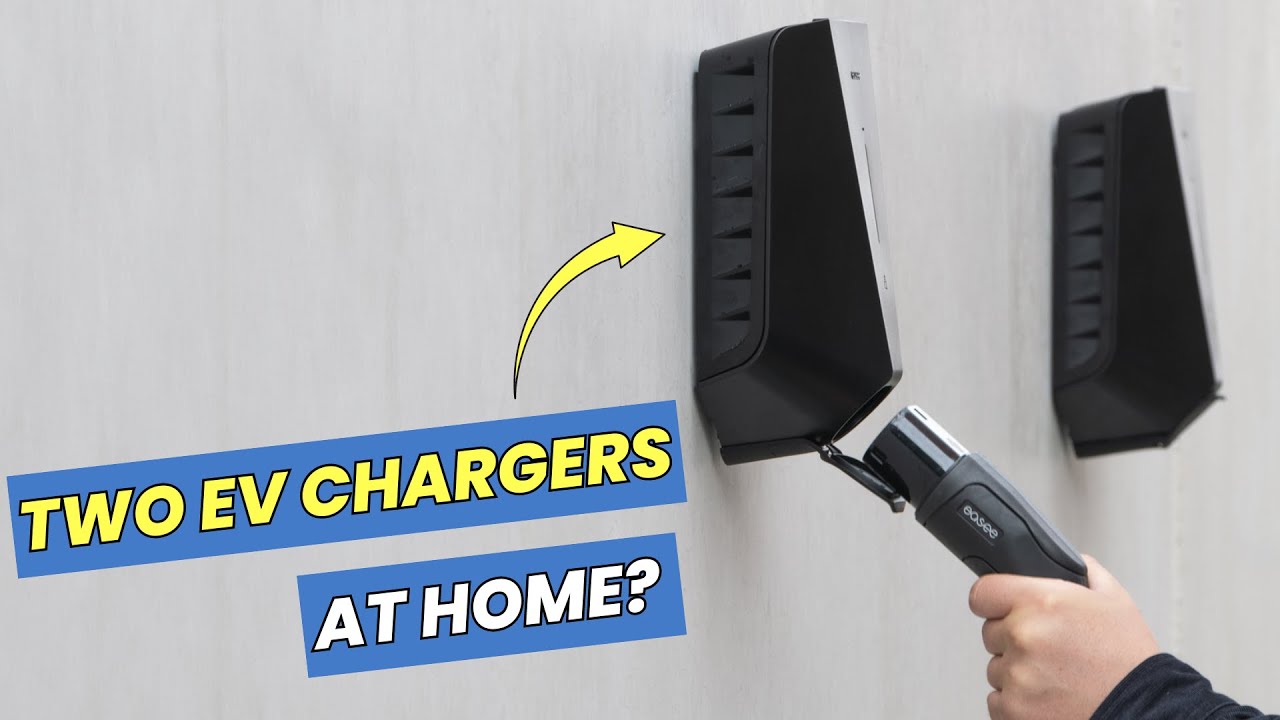
Are you looking to get a home EV charger (or two) installed on your property?
If you are looking to get an EV charger installed at your home, click below to get your free quote, or contact us for more information or any queries you may have.
For more information and our latest updates, follow us on Facebook, Instagram, Twitter, LinkedIn and YouTube.
